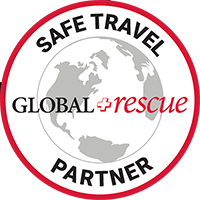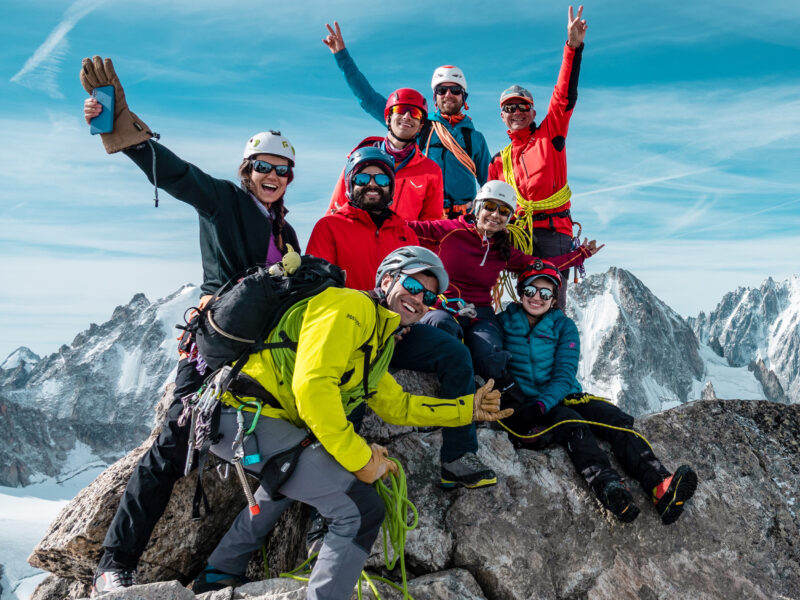BY Rami Rasamny | February 05 2025
How Fit Do You Need to Be to Climb Mont Blanc?
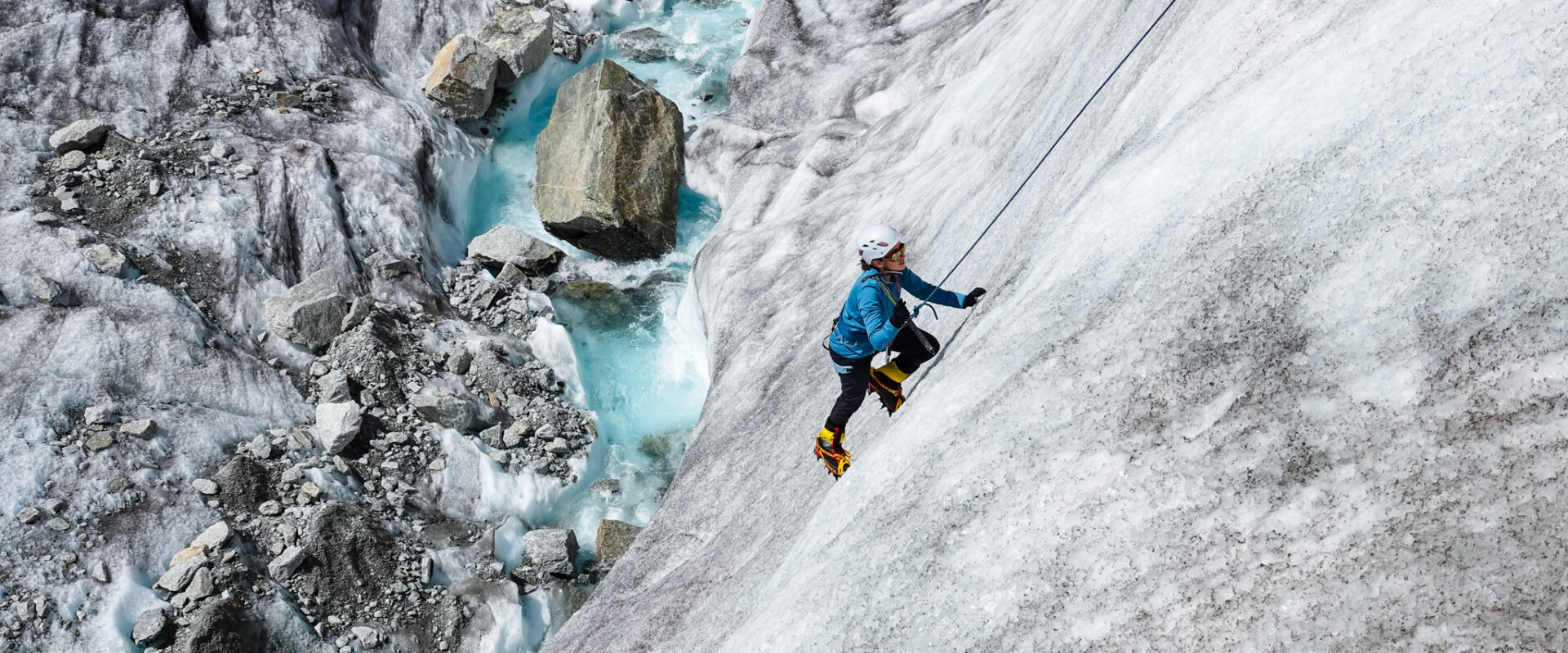
Climbing Mont Blanc is a challenging yet rewarding experience that requires a high level of physical fitness, endurance, and mental resilience. Whether you are a seasoned mountaineer or an ambitious first-timer, proper preparation is key to ensuring a safe and enjoyable ascent. Below, we outline the fitness level required and the best training methods to help you tackle this adventure.
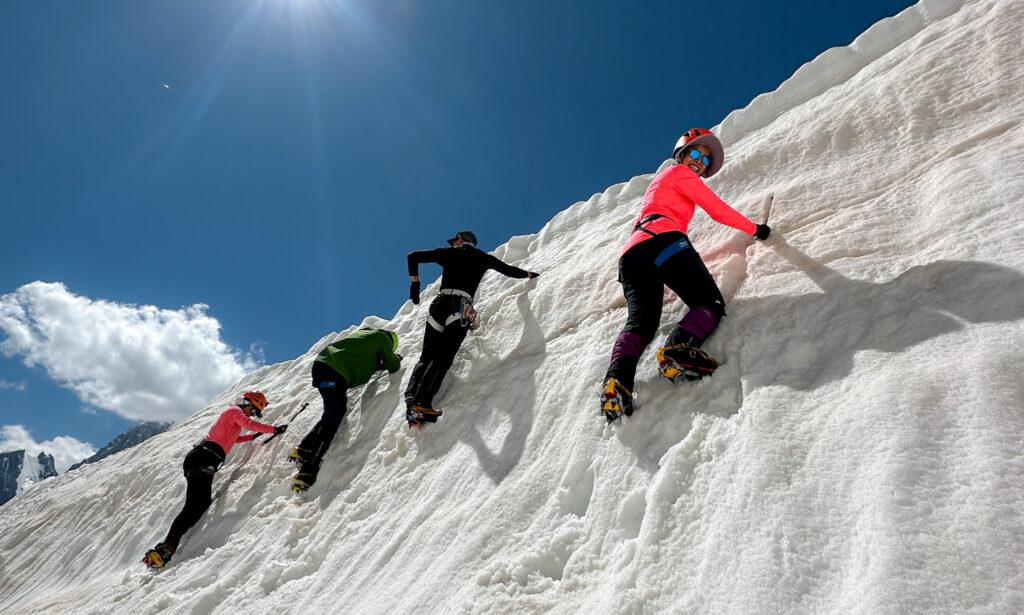
The Fitness Level Required for Mont Blanc
Mont Blanc is not just a hike; it’s a high-altitude mountaineering challenge that demands sustained physical effort over multiple days. Climbers should have a strong aerobic base, muscular endurance, and the ability to carry a loaded pack over steep, uneven terrain. The altitude adds another layer of difficulty, making pre-trip fitness preparation even more crucial. If you’re wondering how hard it is to climb Mont Blanc, the difficulty lies in the combination of altitude, technical elements, and endurance requirements.
At Life Happens Outdoors, we rank this trip as Enduring, meaning it requires significant fitness and stamina to complete successfully.
Endurance Training
Endurance training is essential for prolonged exertion. Focus on workouts that improve lung capacity and stamina:
- Running – Aim to run 10K in under an hour to prepare for a Mont Blanc climb.
- Hiking & Trail Running – Strengthens stabilizing muscles, crucial for the Mont Blanc ascent.
- Inclined Walking & Stair Climbing – Simulates the relentless uphill terrain of summiting Mont Blanc.
- Swimming or Cycling – Helps build endurance. Aiming for 40-50K cycling in 2 hours or swimming 1.5K non-stop is ideal.
Strength Training
Strong muscles are essential for climbing Mont Blanc. Focus on:
- Push-ups – Strengthens upper body and core.
- Squats & Lunges – Builds leg strength for Mont Blanc summit hikes.
- Planks – Improves balance and stability for steep sections.
Flexibility & Mobility
Good flexibility reduces injury risk and enhances performance. Yoga helps with mobility, balance, and breath control, making Mont Blanc guided climbs easier.
Activity-Specific Training
To simulate Mont Blanc climbing conditions:
- Rock Climbing – Enhances grip strength and movement efficiency.
- Ice Climbing & Scrambling – Prepares for crampon and ice axe use, vital for the Mont Blanc climb difficulty.
Mental Resilience
Success in a Mont Blanc guided climb requires mental endurance. Build resilience with:
- Ice Baths – Improves cold tolerance.
- Meditation & Breathwork – Helps manage stress.
- Isometric Holds – Develops mental and muscular endurance.
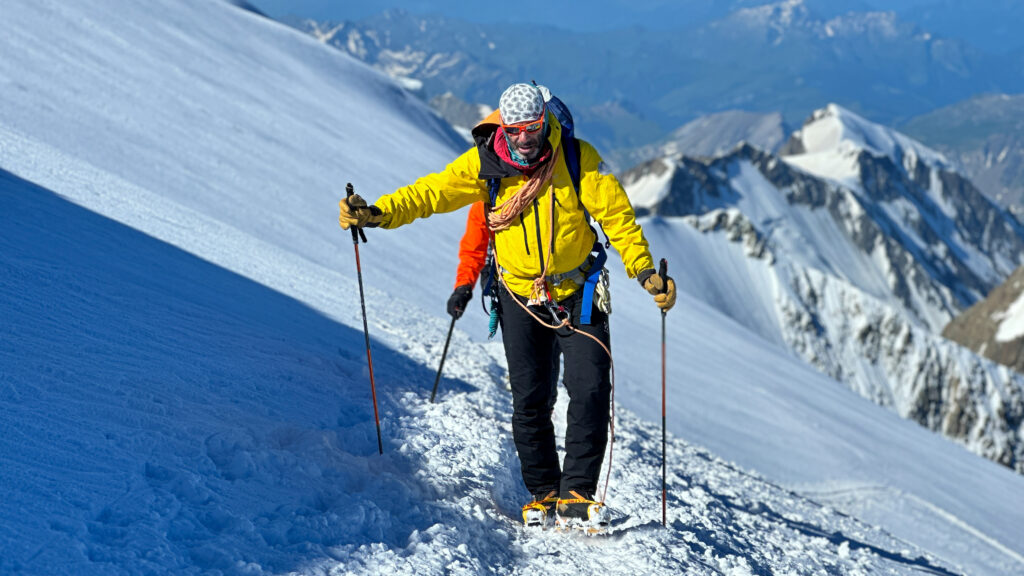
How Often Should You Train?
Dedicate 3 to 4 days a week to a mix of cardio, strength, flexibility, and mental resilience. As the climb approaches, integrate long hikes with a weighted pack to simulate how long it takes to climb Mont Blanc.
Final Thoughts
When is the best time to climb Mont Blanc? June to September offers the most stable conditions.
How difficult is it to climb Mont Blanc? It requires serious fitness and training commitment. A structured workout plan combining endurance, strength, flexibility, and mental conditioning will maximize your success and enjoyment. Start preparing today to tackle one of the world’s most iconic peaks with confidence and the right Mont Blanc guide!
About The Author
Rami Rasamny is the founder of Life Happens Outdoors, a premium adventure travel community dedicated to transforming lives through curated outdoor experiences. A mountaineer and entrepreneur, Rami has led teams on some of the world’s most challenging peaks, from the Alps to the Himalayas. His mission is to make adventure accessible, transformative, and safe for all who seek to push their limits and Come Back Different.
About Life Happens Outdoors
At Life Happens Outdoors, we believe in the power of nature to transform lives. As proud members of the Adventure Travel Trade Association (ATTA) and the World Travel & Tourism Council (WTTC), our team of certified guides and outdoor professionals is committed to the highest standards of safety, sustainability, and excellence.
Discover more about our story and mission on our Meet LHO page, or explore our curated adventures such as the Tour du Mont Blanc Trek, the Climb of Kilimanjaro, and Chasing the Northern Lights.











